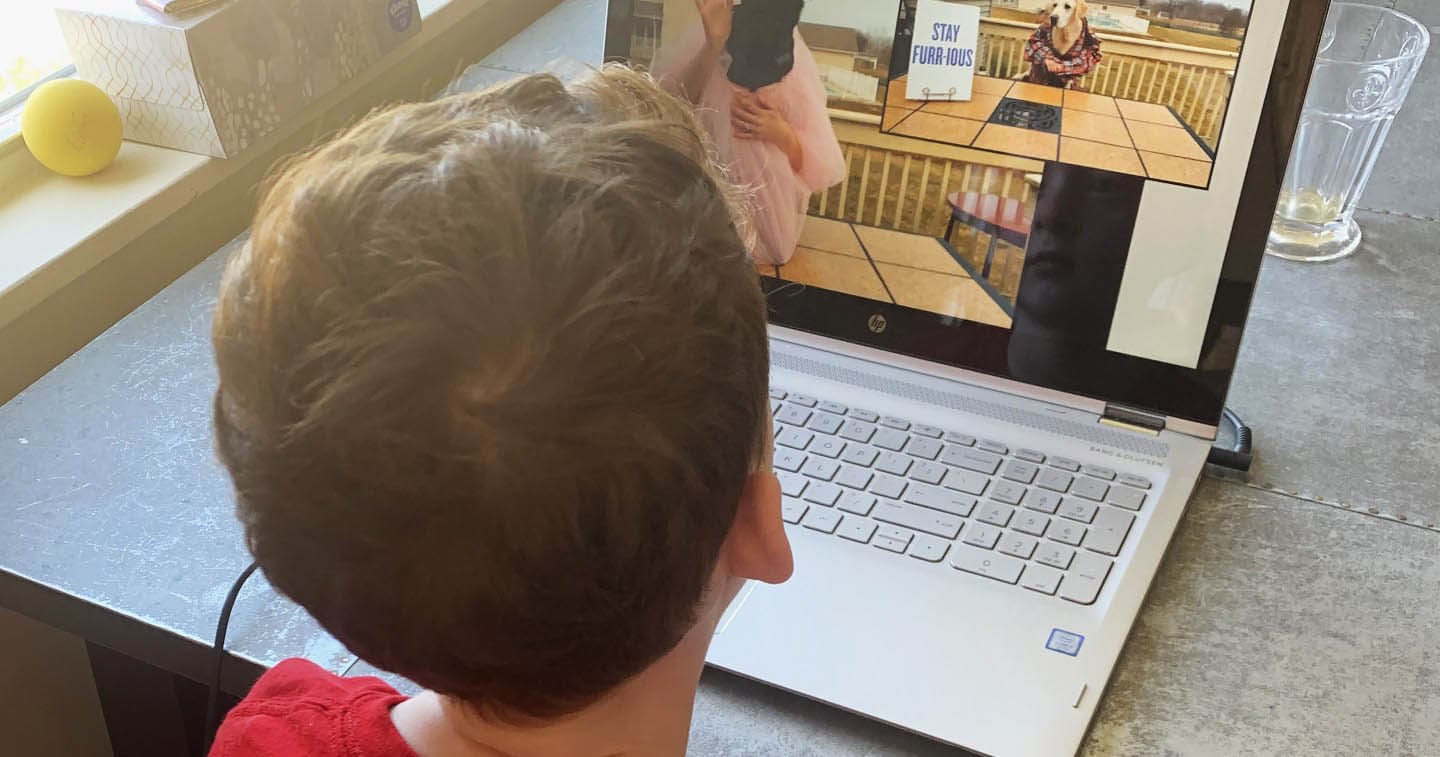By Julie Young & William Donovan
To the list of services that have grown in popularity during the pandemic, such as video conferencing, take-out delivery, and at-home fitness, add one more: virtual learning.
Not the slap-dash remote instruction that many schools rushed to use following the shutdown of classroom instruction in March of 2020. Rather, the tested approach used by reputable virtual schools. Because of the persistent health threats caused by coronavirus variants and the assistance virtual schools can provide to at-risk students, virtual learning in K-12 education continues to grow.
Those two factors are distinctly different, but their impact has prompted more families to explore the possibilities of digital learning. They’ve discovered that expert virtual learning differs from what many parents and students experienced after schools unexpectedly closed nearly two years ago. Others have seen how the use of technology can address the unique needs of certain children and high schoolers.
Virtual learning is an educational model that uses computers and takes place through an online platform. The term is frequently swapped with the word remote to describe out-of-classroom learning as if they were the same. They are not. True virtual schools and their programs are much different from the frantic switch to remote teaching that schools were forced to make after the 2020 closing and soured families on virtual learning.
But set aside that broad paintbrush. Established virtual schools apply years of experience to create courses designed for the online platform. Courses are developed by teams of learning designers with expertise in learning theory, user interface, graphics, instruction and curriculum. It isn’t meant to replace an in-school education. Rather, it can supplement and complement face-to-face learning, or it can provide a genuine alternative for families who have challenges that interfere with attending brick-and-mortar models.
The pandemic presents obvious health concerns for young students or those with compromised immune systems. At-risk students, particularly minority students and those from low-income families, often face personal or social issues such as violence in school, teenage pregnancy or the need to work to help support their family. Unable to attend school, many drop out and ultimately fail to graduate.
Some students simply find an online, blended, or hybrid environment to offer more engagement, particularly because students have more agency over their learning. When students understand how to drive their learning pace, set their own goals, and monitor their own progress against those goals, they become extremely motivated.
Digital learning can free students from restrictions that tie learning to set hours in a specific place. Too often we limit students in a system in which time is fixed and learning is variable. Online learning flips that system. Time becomes variable and learning fixed. Freeing students to work at their own time and pace improves their chances of meeting their academic requirements and their responsibilities outside of school.
Demand for remote instruction has declined from the peak of the shutdown surge, while students returned to school full-time beginning in 2021. But there are currently more than 656,000 students who attend one of the estimated 200 to 250 statewide virtual schools in the U.S., according to the Evergreen Education Group. School districts in California, Florida, North Carolina, Utah and elsewhere are continuing to expand their pre-pandemic virtual learning capacity to accommodate further enrollment growth.
Just as there are differences in the quality of public schools, not all virtual schools are of equal caliber. Students are poorly served by point-and-click assessments with no engagement, virtual schools with videos instead of real teachers and programs without learning, pacing and scheduling support. A key differentiator between questionable and quality virtual programs is adherence to the National Standards for Quality Online Learning, which includes standards for virtual teaching, programs and courses. A competent virtual program should adhere to those standards.
As connectivity improves and more students choose to remain at home because of future coronavirus variants or for personal reasons, established online schools, as well as blended and hybrid models, will continue to rise in prominence. For many families virtual learning will be a concrete option.
Julie Young is Vice President of Education Outreach and Student Services at Arizona State University and Managing Director of ASU Prep Academy and ASU Prep Digital. William Donovan is a former journalist and writer for Pioneer Institute, Boston-based think tank. They’re co-authors of recent Pioneer Institute white papers on virtual schooling.

